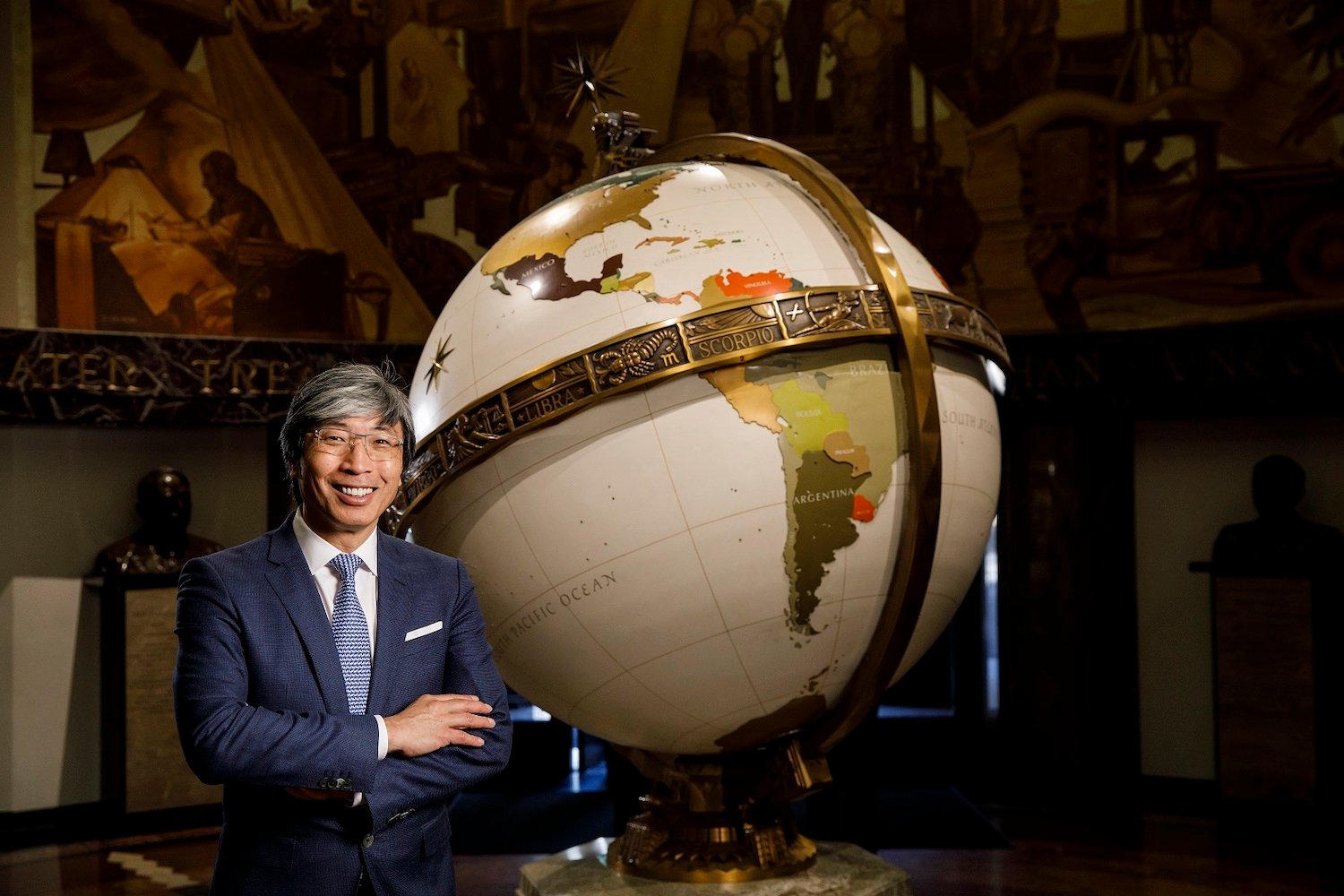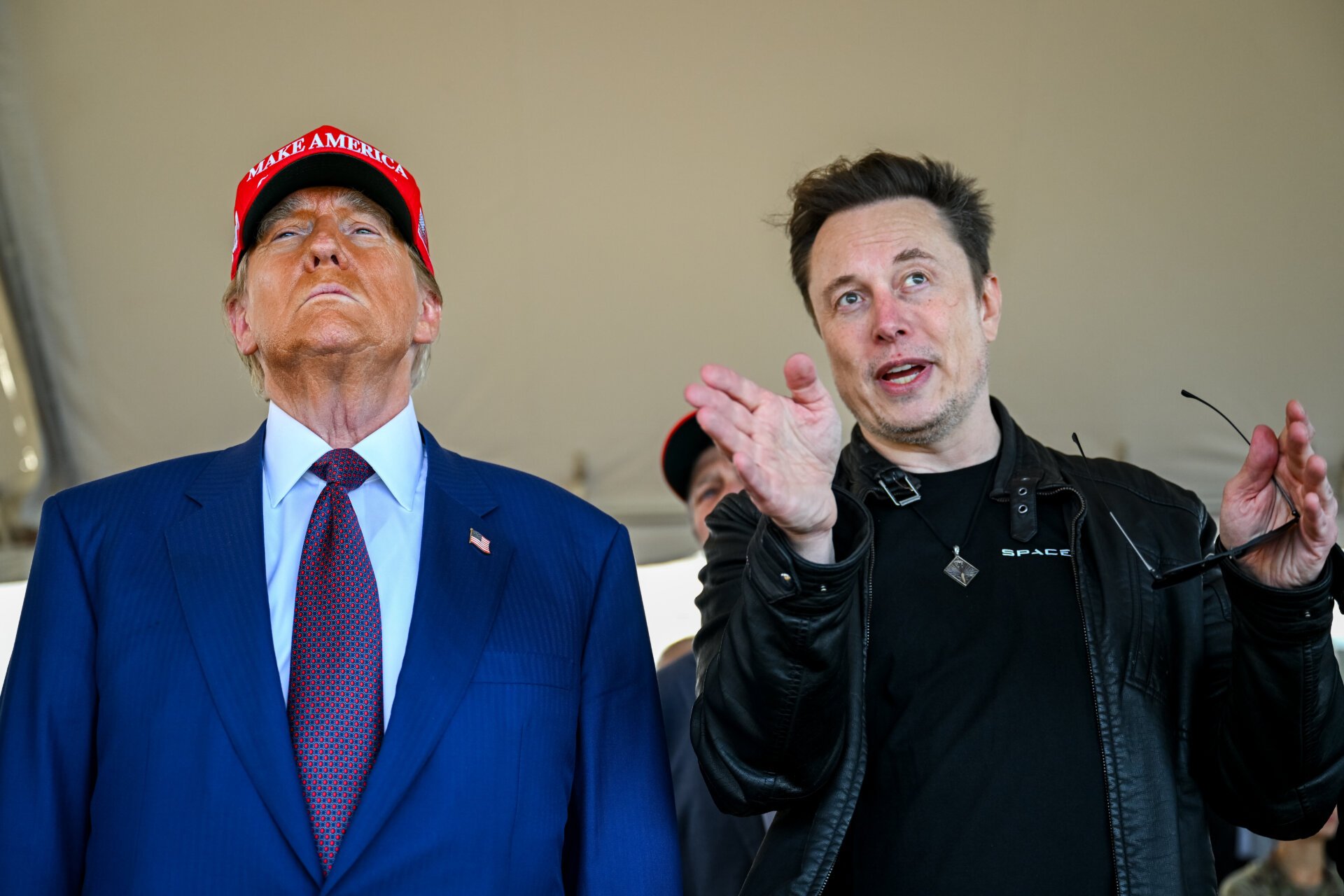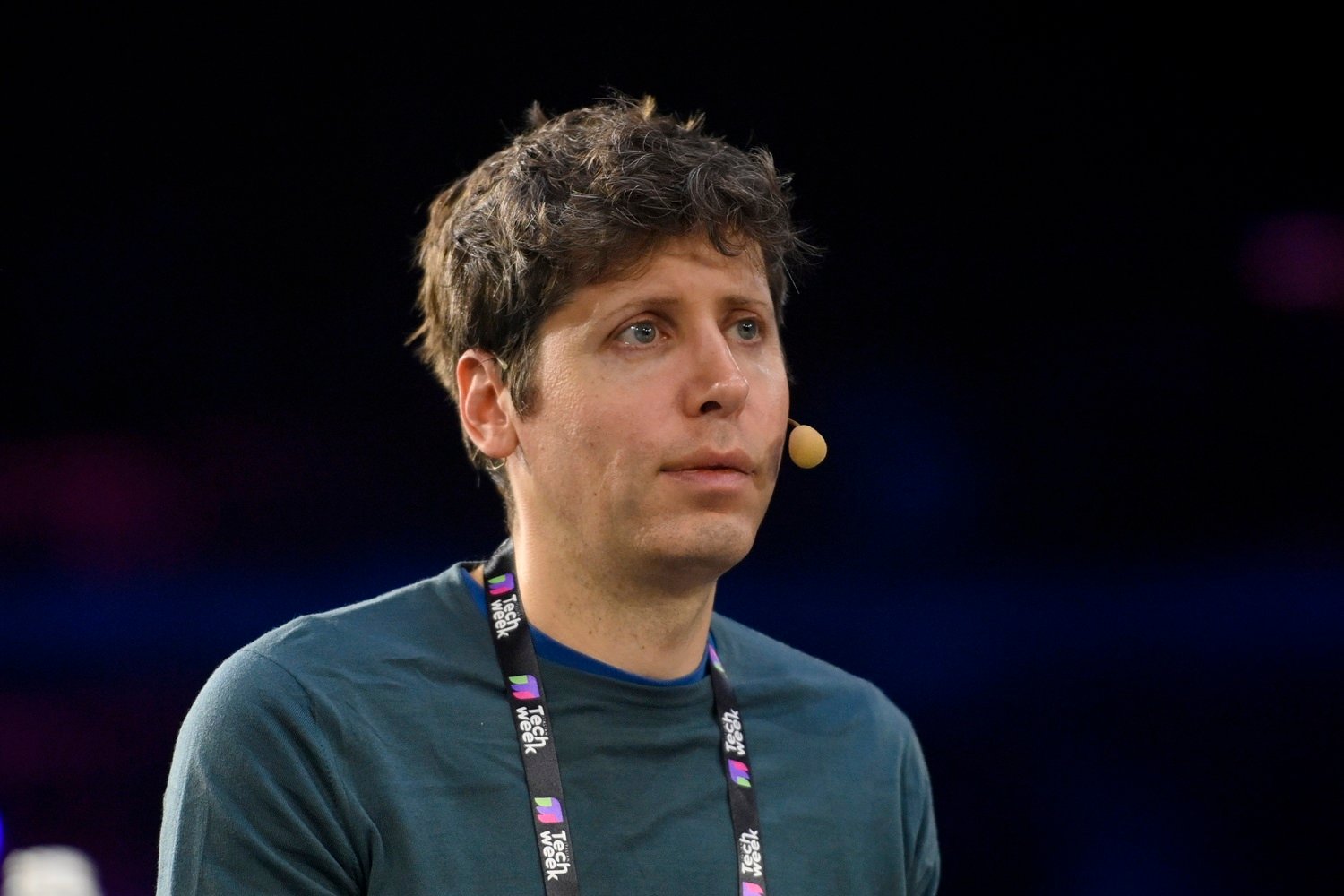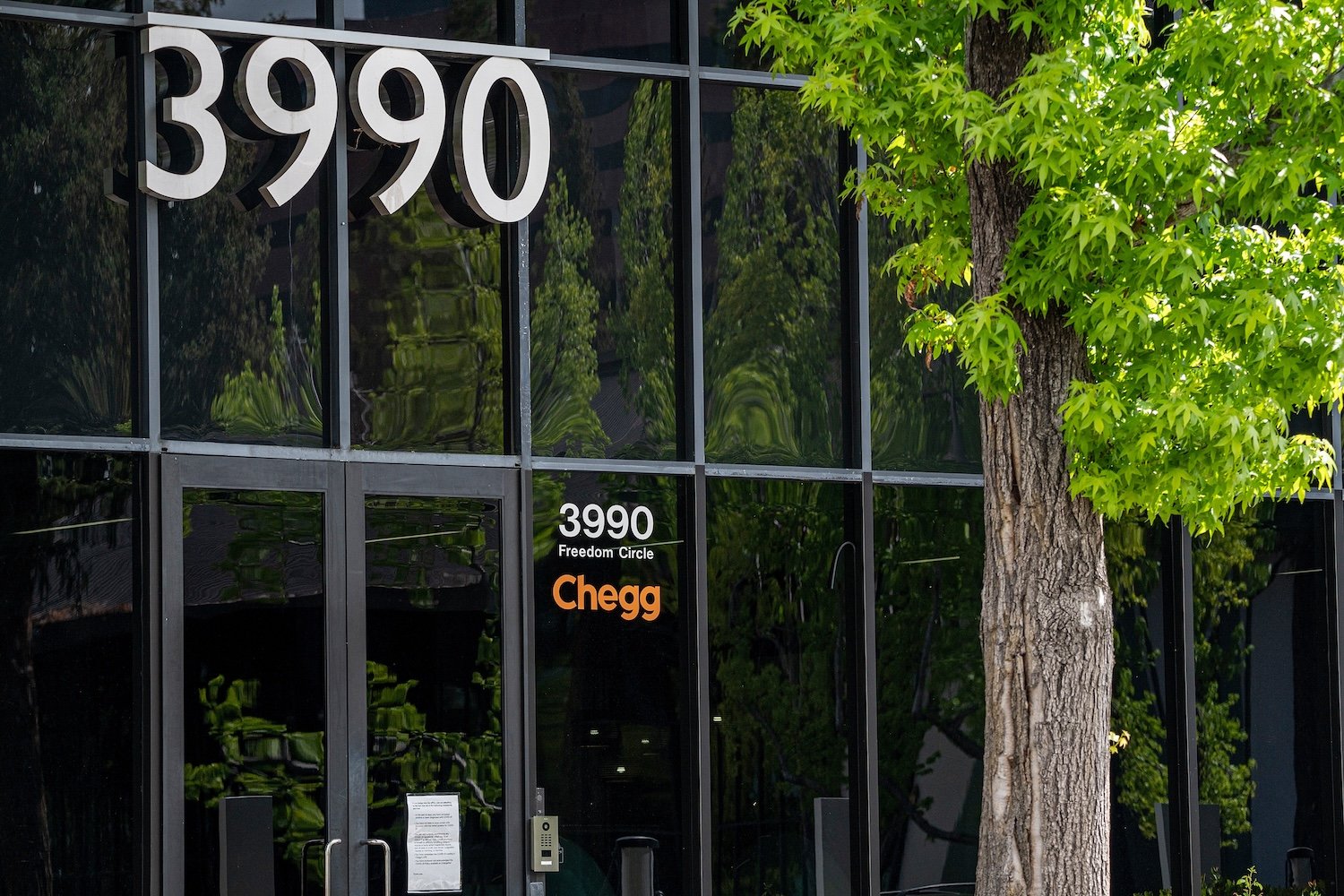The Los Angeles Times’ billionaire owner, Patrick Soon-Shiong, has proposed integrating an AI-powered “bias meter” into the newspaper’s coverage, aiming for greater political neutrality. This announcement comes amidst significant changes at the paper, including substantial layoffs and the resignation of key figures, and growing concerns about Soon-Shiong’s own political leanings.
Initially revealed on a podcast with pro-Trump CNN contributor Scott Jennings, Soon-Shiong envisioned the bias meter allowing readers to “press a button and get both sides of that exact same story… and then give comments.” He aims to launch this feature by January 2025. This news follows other recent instances of media owners, such as Elon Musk at X and Jeff Bezos at the Washington Post, exerting their influence on their respective platforms.
However, the practical implementation and effectiveness of such a tool remain unclear. Soon-Shiong’s push for algorithmic neutrality coincides with accusations of his own increasing political bias, as reported by blogger Oliver Darcy. Darcy highlighted Soon-Shiong’s apparent admiration for Robert F. Kennedy Jr. and Scott Jennings, and his increasingly frequent use of X to criticize the media, praise Trump’s cabinet picks, and engage with a MAGA audience. This follows Soon-Shiong’s previous attempt to secure a role in the Trump administration.
The proposed bias meter follows significant upheaval at the LA Times, including the layoff of 115 employees—one of the largest workforce reductions in the paper’s history. The editorials editor also recently resigned, further fueling anxieties among staff. These changes, coupled with Soon-Shiong’s apparent rightward shift, have led to widespread pessimism within the newsroom. One anonymous staffer described Soon-Shiong as having “morphed into… the biggest internal threat to the paper,” while another lamented the loss of optimism within the organization.
While the goal of neutral political reporting is laudable, the use of an algorithm to achieve this is questionable. AI technology is still evolving and prone to errors, as demonstrated repeatedly. It’s not a reliable replacement for human judgment. Algorithms can also be programmed with inherent biases, raising concerns about the objectivity of Soon-Shiong’s proposed meter unless it is open-source and auditable.
In conclusion, the introduction of an AI-powered “bias meter” at the Los Angeles Times raises complex questions about journalistic integrity, algorithmic bias, and the role of media ownership in shaping news coverage. While the intent may be to foster neutrality, the feasibility and potential impact of this technology remain uncertain. The ongoing turmoil within the LA Times, coupled with concerns about Soon-Shiong’s own political leanings, adds further complexity to this evolving situation.











